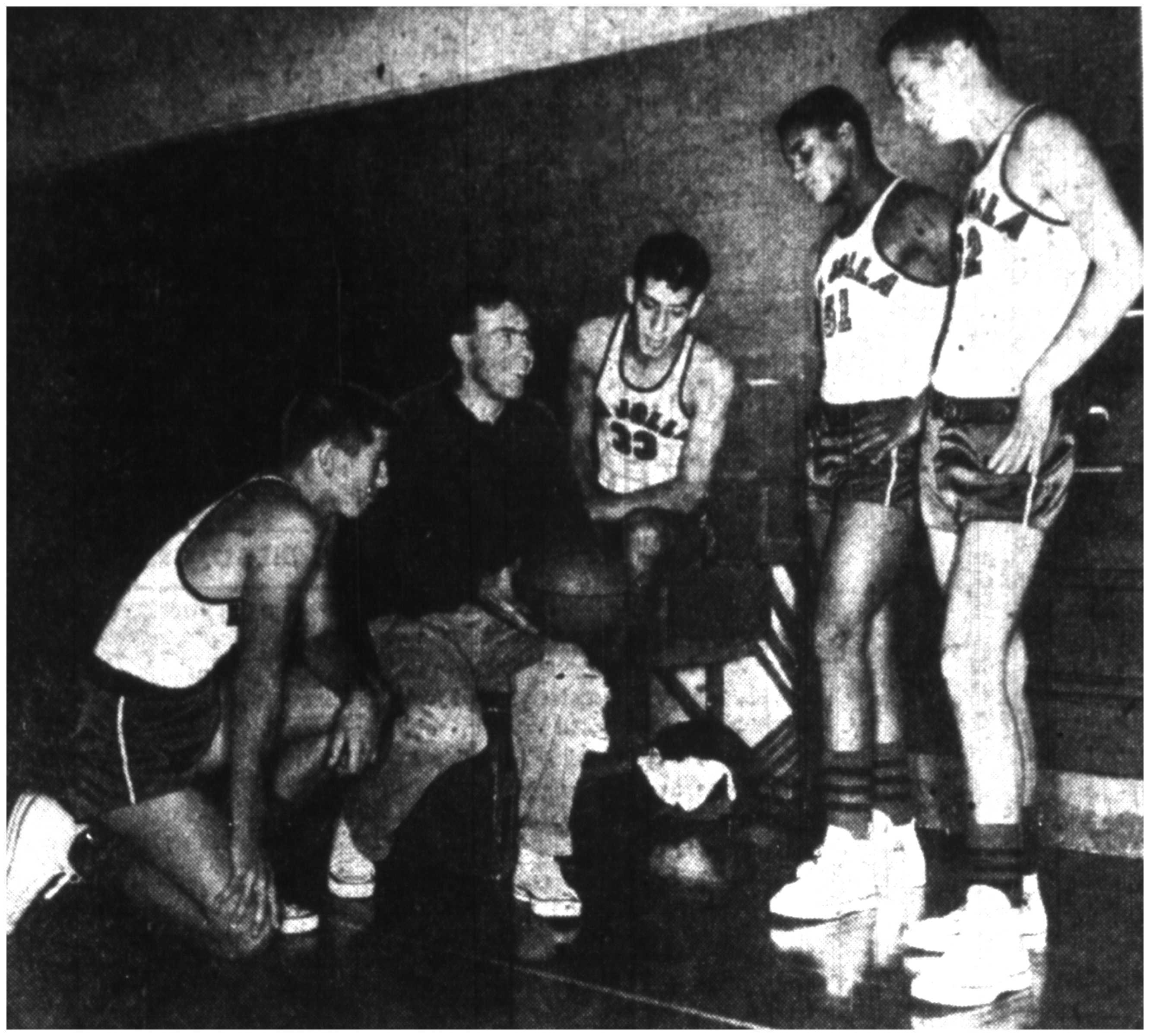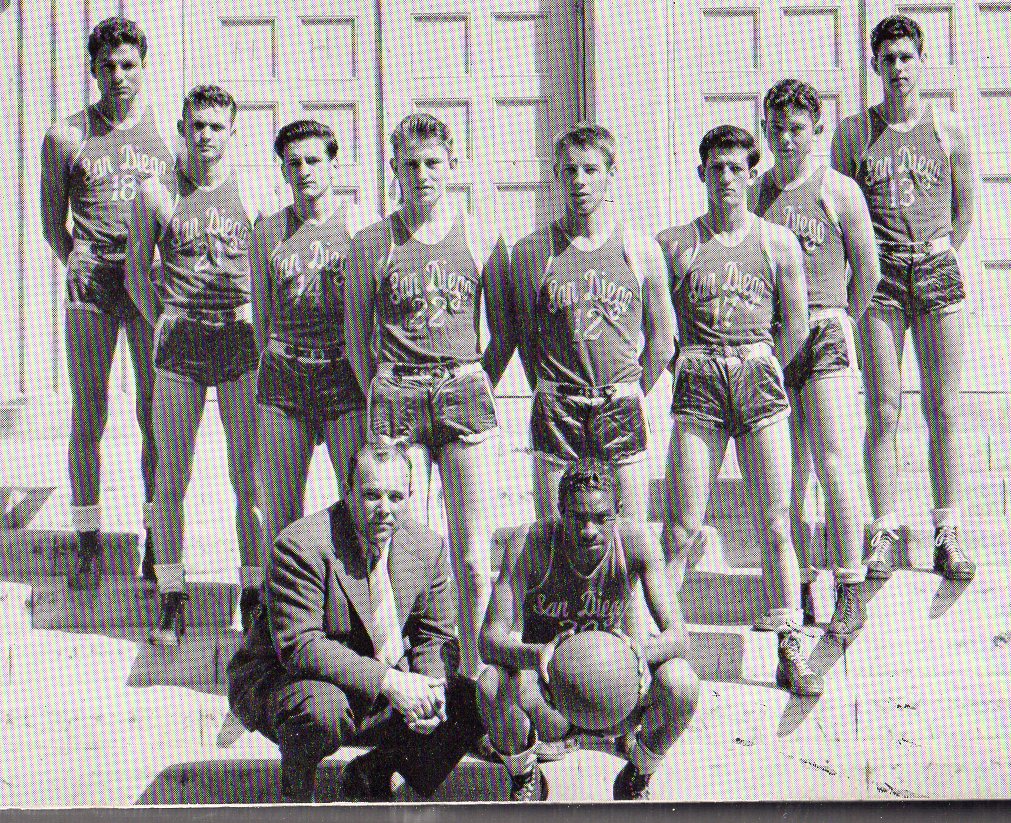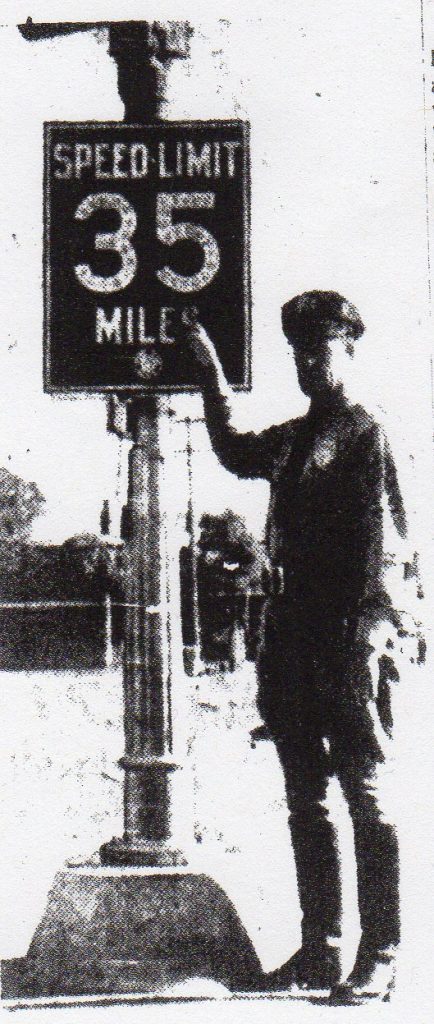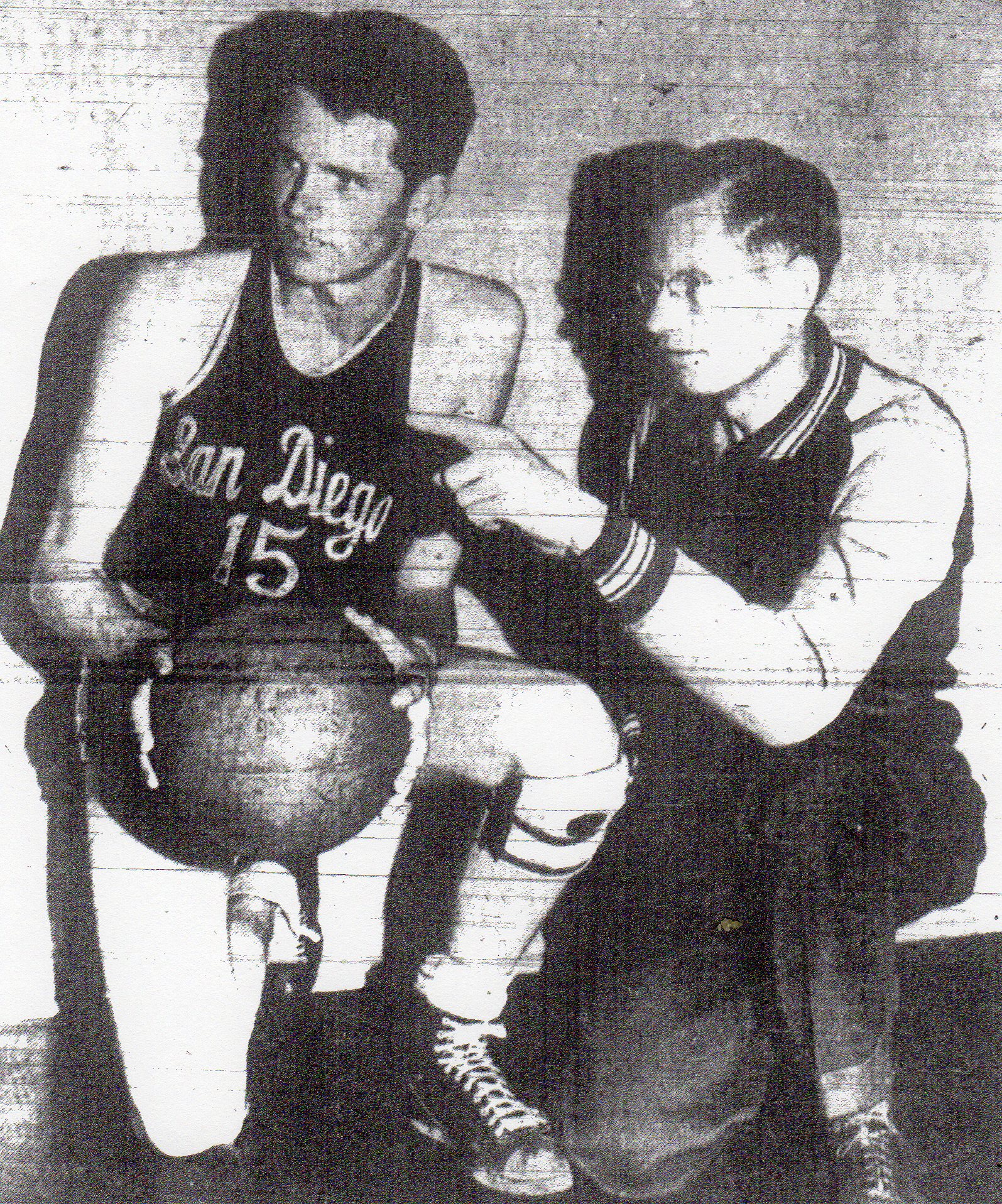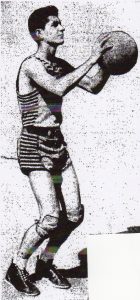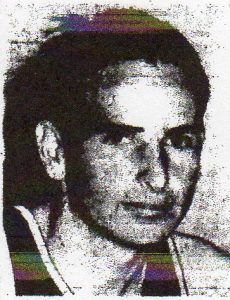1953-54: Spartans Footballers Get Basketball Legs
All coach Clarence Burton and the Chula Vista Spartans needed were some fresh legs, i.e., several football players from the CIF small schools championship team needed time to get in shape.
The Spartans started slowly in December while Chet DeVore’s gridders were engaged in the postseason, which concluded with a 12-6 win over Brawley.
With Larry Armbrust, Bob Neeley, Dave Erwin, Wally Anderson, Cecil Hall, and others on hand, the South Bay squad caught fire in January, raced to a 12-2 Metropolitan League record, and swept three playoff games to win another CIF title.
Closing at 19-9, the Spartans were 17-3 after a loss in the post-Christmas Chino tournament had left them with a 2-6 record.
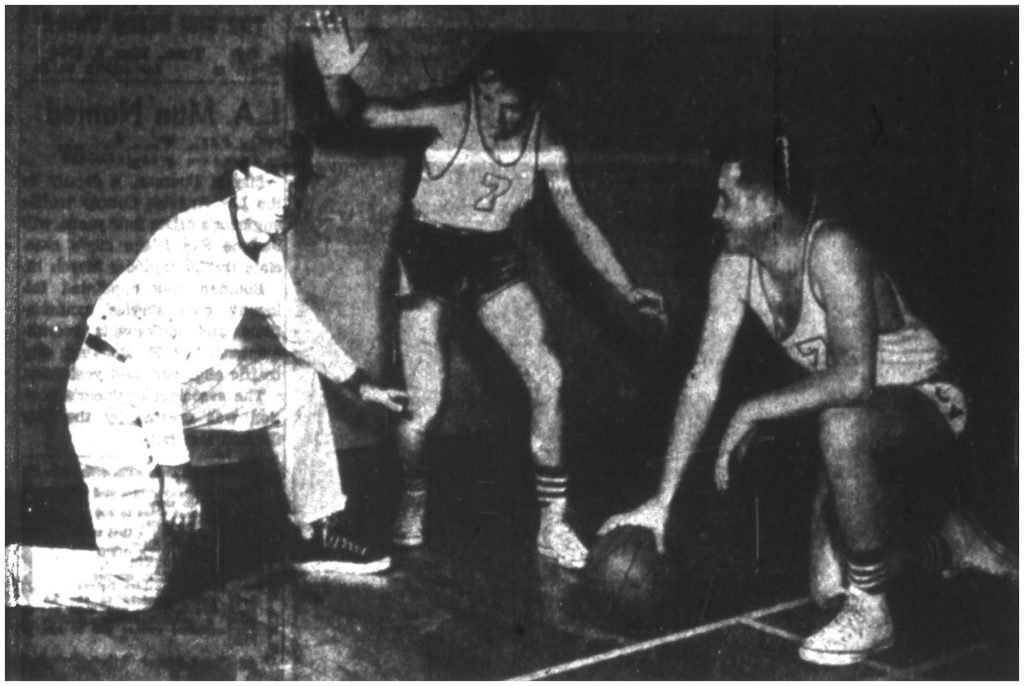
Burton replaced DeVore, who had led the program from its beginning in 1947-48 and who had assumed the additional responsibility of coaching football in 1951.
DeVore probably bought principal Joe Rindone a box of cigars and took his boss to lunch.
Without basketball on his plate, DeVore would not have to end one season and plunge into another, as was the situation in 1952, when the playoff-bound Spartans’ football schedule overlapped into the winter sport.
It was not uncommon for the era. Basketball coaches relied on football players, baseball and track coaches on basketball players.
REMATCH DIFFERENT
After topping Army-Navy, 49-39, in their first playoff, the Spartans advanced to a semifinal contest at Chaffey College in Ontario against Claremont, a 53-48 winner over Burton’s team in the Chino tournament consolation finals.
The rematch was no classic, with lots of whistles and a high level of anxiety in the fourth quarter, when neither team scored a field goal.
But Chula Vista advanced, 44-41, in a tense battle that saw the game tied 11 times and with 12 lead changes.
The Spartans made 16 of 20 free throw attempts and ex-footballer Cecil Hall, usually unsuccessful at the charity stripe, converted 9, including 5 in a row in the fourth quarter.
“I don’t think Chula Vista is better than us, but we couldn’t match that free-throw magic,” said losing coach Dave Stern.
The Spartans defeated St. Bernardine of San Bernardino, 61-44, for the championship. Burton and principal Joe Rindone submitted to a postgame shower, “Clothes and all,” noted Mel Zikes of the Evening Tribune.
The title game was played at Colton High, a site favorable to the Crusaders and selected after a three-way telephone call with Southern Section commissioner William Russell, Chula Vista principal Joe Rindone, and Crusaders coach Bill Bates.
Bates won when he guessed the most correct digits in a contest of odd-even telephone numbers.
CAVERS AIRED OUT
Not particularly well regarded despite its 22-4 record, San Diego was ushered out in the playoff quarterfinals, 56-51, by the favored Fillmore Flashes, who brought a 23-5 record and a portable oxygen tank for use during time outs.
As they had when playing Hoover in 1952, the Flashes shortened the 180-mile trip by busing 38 miles to Burbank and then flying to San Diego, arriving at the Hoover gym an hour before tipoff.

The Cavers had surprised the playoff field by defeating favored Alhambra, 68-56, at Whittier with a 40-point explosion in the second half.
Point Loma, the other San Diego playoff qualifier, completed a 18-8 season with a 58-43 loss at Huntington Beach.
LIKES INTERSECTIONALS
“Maybe I’ve got a peculiar idea on this, but I think our boys learn more playing some tough, outside opponent than by scrimmaging a neighbor whose system we already know,” said Kearny coach Ken Dowell.
The Komets made a peculiar road trip. They traveled to Los Angeles to play the Pepperdine College freshmen.

Maybe it was a coincidence. Maybe.
Dowell’s brother, Robert (Duck) Dowell, coached the Waves’ varsity.
The Peps’ freshies won, 48-33, and 69-46.
Kearny also took part in a doubleheader at La Jolla, where the Komets and host Vikings traded opponents, San Bernardino Pacific and Bishop, on successive nights.
La Jolla coach Don Hankins thought the scheduling might have represented a first in San Diego. Doubleheaders weren’t new but not with two local teams participating on the same court.
The Vikings and Komets each swept the Northern opponents.
BUSY DECEMBER
Hoover and San Diego were not as successful in the North as their City Prep League counterparts. Long Beach Poly defeated San Diego, 43-40, and Hoover, 69-39. Jordan beat San Diego, 50-42, but lost to Hoover, 63-58.
Grossmont dropped a pair on the road to Redlands and Claremont. San Bernardino came South for a single game at Point Loma. Fallbrook hosted a tournament. St. Augustine played in the Los Angeles Mt. Carmel tournament.
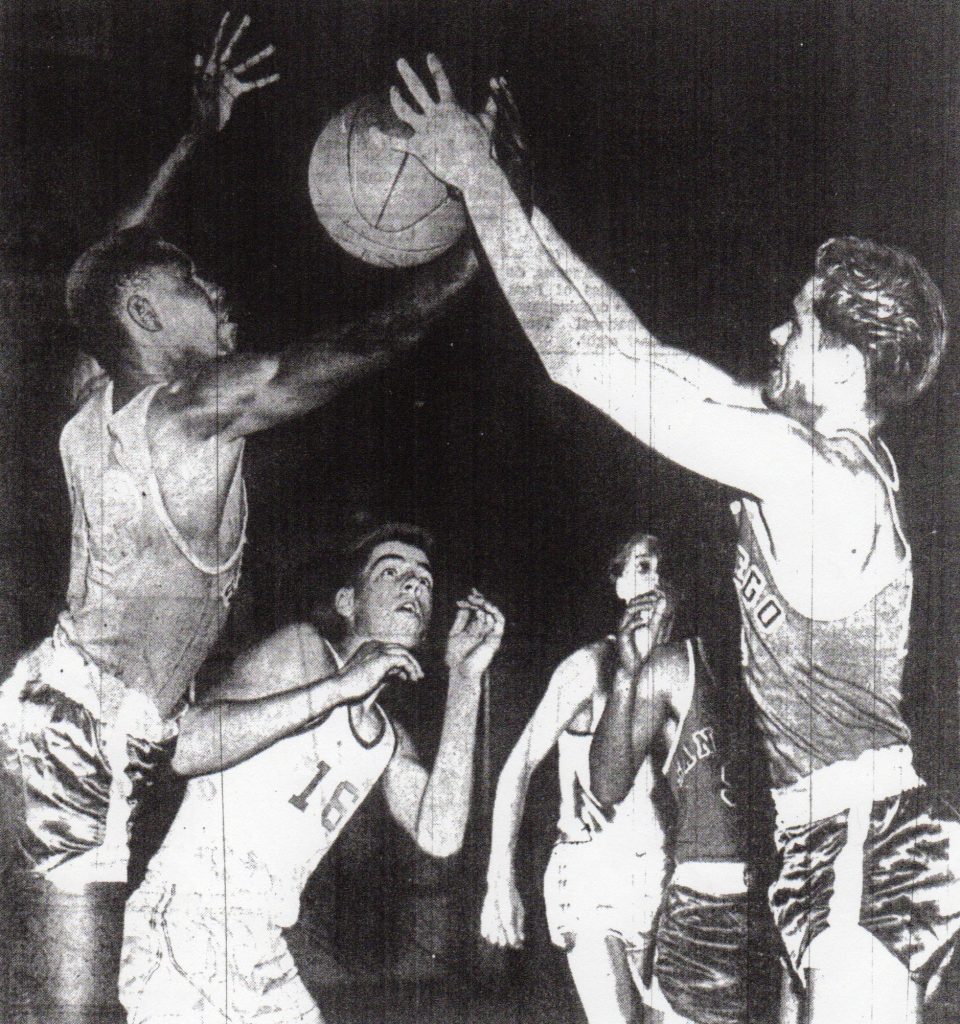
All action was a prelude to the seventh annual San Diego Kiwanis Tournament, which attracted 24 teams, including Beverly Hills, Santa Monica, Inglewood, and Manhattan Beach Mira Costa.
San Diego topped Hoover, 54-44, for the Unlimited Division championship. Coronado defeated Mar Vista, 48-33, for the Limited title.
Play began on Thursday afternoon and led to some unintended consequences.
The event was scheduled to end on Monday, but that meant that Beverly Hills would have had to spend four consecutive nights on the road, as they had done two years before.
Normans coach Steve Miletich, possibly hearing from campus bosses, received Kiwanis officials’ blessing and was able to bail on the fifth-place game with Point Loma without forfeiting.
TURN OUT THE LIGHTS
Tournament personnel had to adjust when a power outage darkened much of the Point Loma peninsula at about 7:30 p.m. on Saturday, delaying two games scheduled for the Point Loma High gym.
Officials scrambled, moving the Grossmont-St. Augustine game to the Saints’ gym. The Kearny-Helix game became the fourth on the day’s card at San Diego High.
Future Evening Tribune sports writer Roger Conlee remembered years later: “I was in the Point Loma gym that night. Man, it was eerie, black as a cave. A few people lit matches. Some Point Loma High person, probably a custodian, eventually showed up with a flashlight.”
As Conlee recalled, about 20 minutes later the announcement of the venue shifts was made.
Helix and Kearny tipped at 10:30 p.m. Until we hear otherwise we’ll call that the latest start ever for a couple local teams.
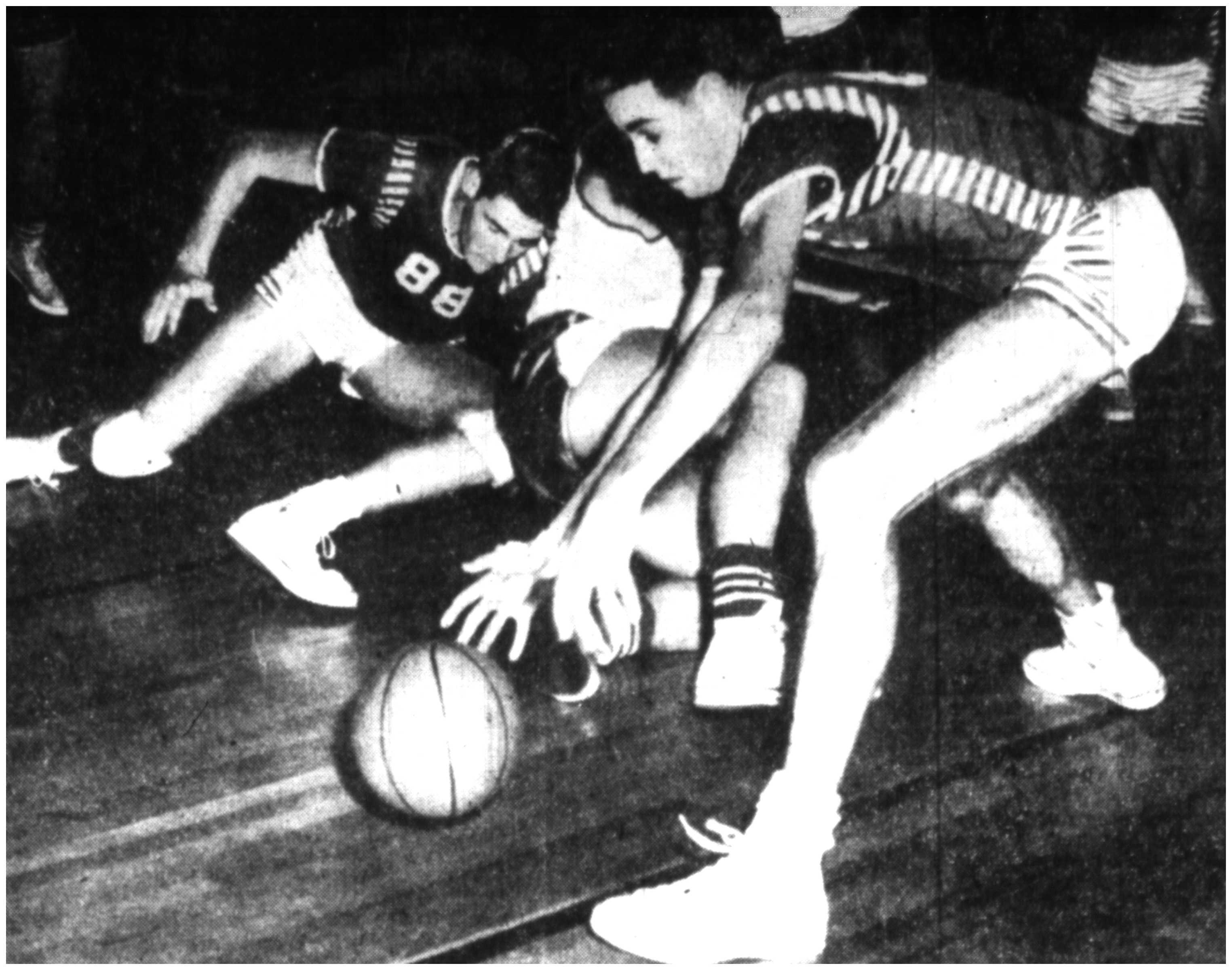
SCORERS
Coronado’s Tom Noonan was the County leader with a 19.4 average and 448 points in 23 games.
Point Loma’s Homer Krantz was the City League leader with 339 in 26 games (13.0). Chula Vista’s Blake Neal had 392 points in 28 games (14.0). Prep writers usually kept only points and averages from league games.
St. Augustine’s 6-foot, 5-inch, junior center John Cunningham scored 43 points in an 86-33 win over Brown Military. Cunningham bettered the school record of 36, set by Jim Mooney in 1951-52 and equaled by Hank Zumstein in 1952-53. The County record of 47 was set by Fallbrook’s Paul Lockridge in 1950-51.
The Saints, struggling to book a full schedule as independents, won 10 of 18, with Cunningham scoring 330 points for a 18.3 average.
WHAT THE…?
San Dieguito center Vincent Vint tapped in a Mar Vista shot for two points.
Let’s try that again.
San Dieguito center Vincent Vint tapped in a Mar Vista shot for two points.
We were correct the first time.
Vint’s wrong-way hoop proved the difference in the Metro League contest.
The Mustangs and Mariners tied at 53 in regulation play and Mar Vista won in overtime, 55-53.
TROUBLE WITHOUT HARRY
Hoover was 5-5 in its last 10 games and out of the playoffs after starting 12-2. The Cardinals could not overcome the loss of forward Harry Wilson, who sustained a broken ankle.
Wilson was leading City scorers with 188 points and 13.4 average in 14 games.
LOOPS TO GET BREAKS
The 14-game City Prep League round robin was the longest in local history, but the massive restructuring that took place at the CIF Southern Section executive committee meeting in Los Angeles in December promised to loosen schedules.
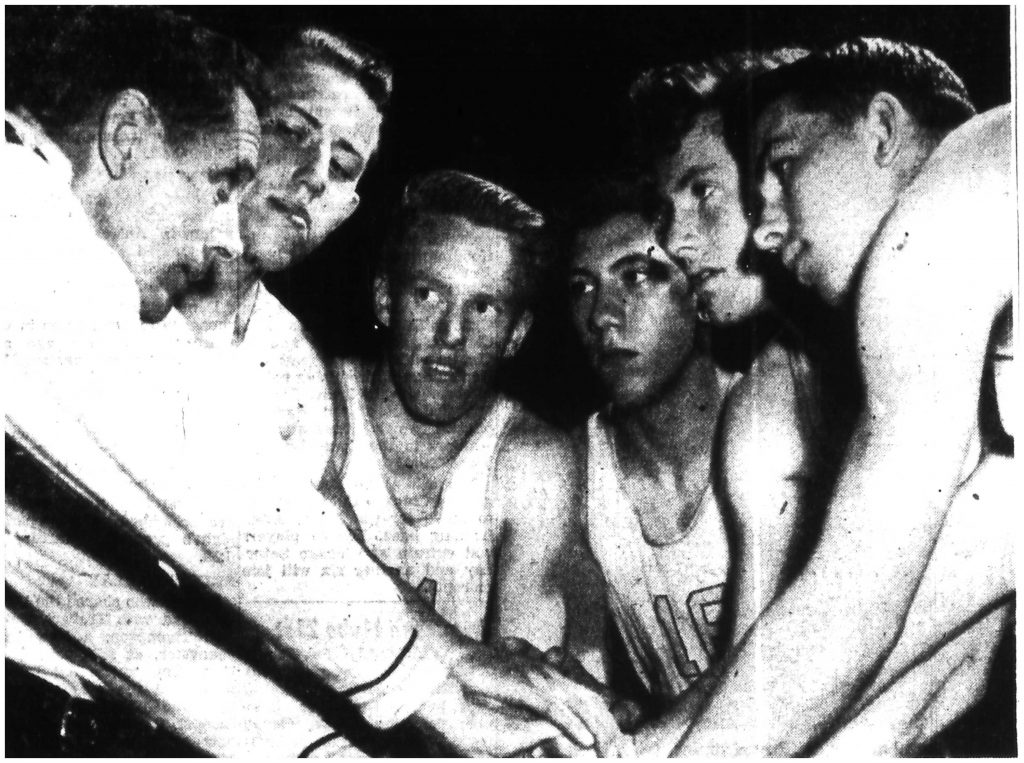
The formation of the Avocado League would take North County schools and Coronado out of the Metropolitan League beginning in September, 1954, and the Metro would welcome Helix and Grossmont from the City.
Changes were necessary because the City added Lincoln to the lineup this season and Mission Bay would join next school year.
BOSSES TO SAINTS: DROP DEAD!
Although shut out at the December CIF re-leaguing meeting (search “1953: Welcome, Avocado League”), St. Augustine tried again, but the Saints were rebuffed by the City and Metro leagues.
The City rejected a Saints application on grounds that the “new loop was set up to include schools under the supervision of the San Diego school superintendent,” wrote St. Augustine alumnus Harry Monahan and prep chronicler for The San Diego Union.
“A few days later the revised Metro League had advised St. Augustine that its request to join that loop had been disapproved because the applicant was a private school,” said Monahan.
HORNETS?
They originally were called the “Pennies” or “Presidents” but Lincoln, without a senior class until next year, was destined to become known as the Hornets.
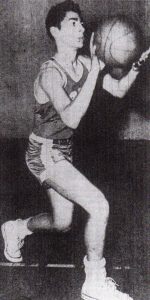
Coach Don Smith’s team practiced at Municipal Gym in Balboa Park and played “home” games at San Diego and Hoover.
“We’re not thinking about any league championships, but we’ll be out to win and learn as much as we can…” said Smith, who played at Hoover and San Diego State before launching his coaching career at Mar Vista.
The Hornets staggered to a 2-18 record. Their first game was a 49-30 loss to Chula Vista at Municipal gym and they opened City League play with a 50-26 loss to Helix.
JUMP SHOTS
Coach Richard Gronquist’s Army-Navy Warriors were 15-6 overall, wrapped a second consecutive Southern Prep League title, and extended a streak of 20 consecutive league victories…Helix, 7-14 overall and 5-9 in the City League, upset Hoover, 43-41, and stunned San Diego, 52-40…Hoover coach Charlie Hampton, looking for the right combination, or giving everyone a chance, or both, had used 16 players who scored at least one point through December…St. Augustine’s B team finished with a 19-1 record…Chula Vista B’s defeated Escondido, 34-32, to wrap a 14-0 Metropolitan League campaign…Hoover’s B’s played in the postseason Santa Monica B tournament, defeating Torrance, 36-31, and bowing to Manhattan Beach Mira Costa, 42-20…with as many as 10 expected players still involved with the football team, Chula Vista was no match for San Diego in the season-opening game, losing, 58-31 after trailing, 38-14, at halftime…Hoover was outscored, 26-18, from the field but made 16 free throws to defeat San Diego, 34-29…Alhambra coach Claude Miller revealed that he was a “shirt-tail relative” of San Diego coach Merrill Douglas’…the mentors apparently were distantly connected by marriage…Chula Vista’s Blake Neal led all scorers with 85 points in four Chino Tournament games…”It’s good we have so many boys named David (including starters Jarvis and Inman) on the club…they’re going to have to be giant killers (for us) to get anywhere in the City Prep League,” said La Jolla coach Don Hankins…the Vikings were third with a 9-5 record and 17-8 overall…the Christmas pageant at Grossmont ousted the Grossmont and Helix teams…the squads had to move outside and practice on the Foothillers’ macadam courts…Municipal Gym also was the practice site for Kearny, which played home games at La Jolla, and Chula Vista was a tenant at Sweetwater…San Diego played on a partially warped home floor after water leaked onto the surface and remained for several days during the Christmas vacation…the Cavers’ playoff against Fillmore was at Hoover for that reason….
